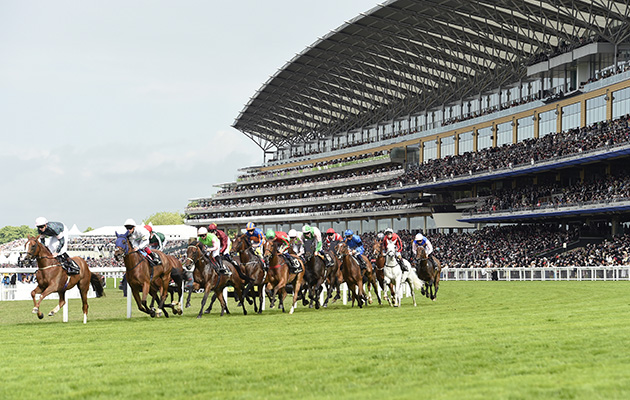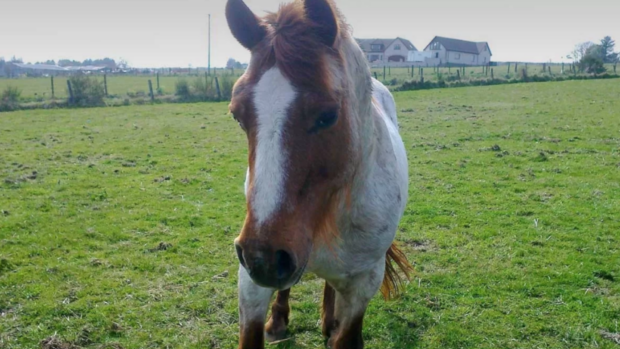A 15ft high sculpture of a horse’s skeleton was unveiled on the Fourth Plinth in Trafalgar Square earlier this month (5 March).
The riderless horse was created by 78-year-old German artist Hans Haacke and was commissioned by Boris Johnson, the Mayor of London, to replace the giant blue cockerel that has sat on the plinth since July 2013.
The work entitled “Gift Horse” is described by the artist as “a contemporary comment on history, power and money.”
The bronze sculpture is twice the size of a real horse and has a London Stock Exchange ticker tape (paper strips that were used used for transmitting stock price information until the 1970s) attached its leg.
Over the surface of the tape, which has an electronic face, a stream of numbers update passers-by on what’s happening in the City.
Mr Haacke said he based his installation on an etching by George Stubbs, whose famous Whistlejacket painting hangs in Trafalgar Square’s National Gallery.
“As Hans Haacke’s take on the equestrian statue trots into Trafalgar Square, it brings another reason for Londoners and tourists to visit this cultural landmark.
“Gift Horse is a startlingly original comment on the relationship between art and commerce and I hope it will stimulate as much debate as the other works that have appeared on the Fourth Plinth,” said Boris Johnson.
Eskow Eshun, chair of the Fourth Plinth commissioning group said Hans Haacke’s Gift Horse was “an important, arresting sculpture” that “asks questions about the role of money and power in modern London.”
It will be replaced in 2016 with British visual artist David Shrigley’s 10m high bronze thumbs-up gesture, entitled “Really Good”.
The plinth in the north-west corner of the square was built in 1841 as a base for an equestrian statue of William IV but the money ran out and it was never installed.
The first plinth sculpture was erected in 2005; one of the most memorable installations was Antony Gormley’s installation, One & Other which featured members of the public standing on the plinth for an hour talking about whatever they liked.



